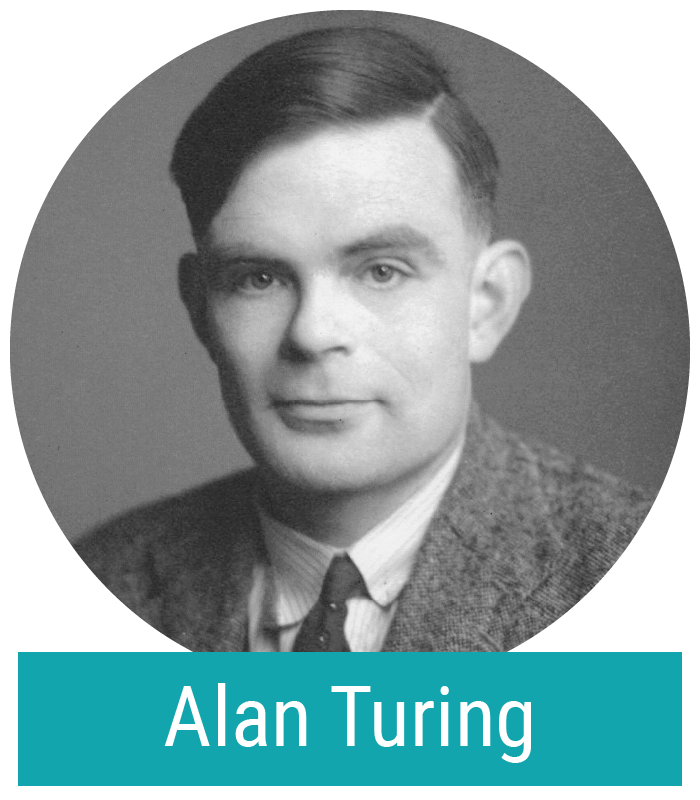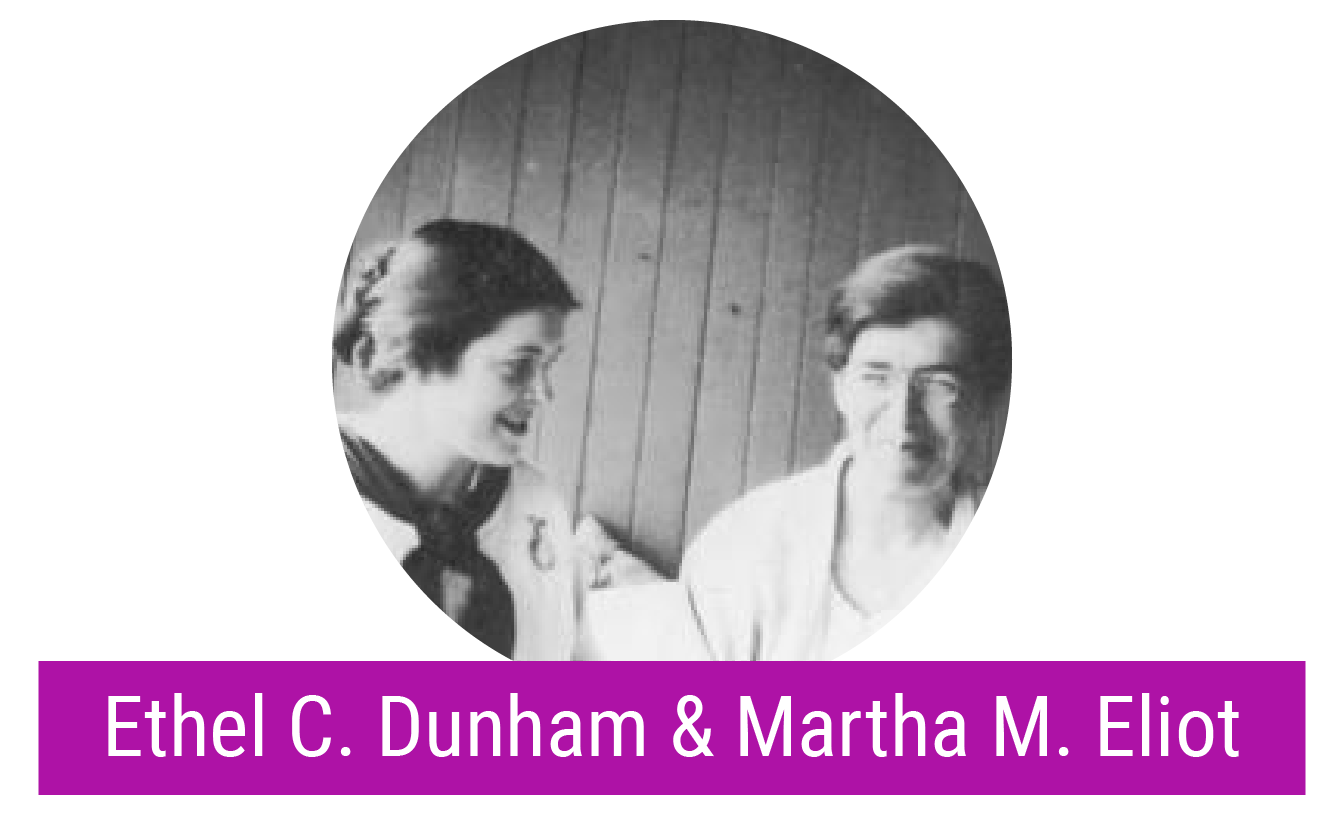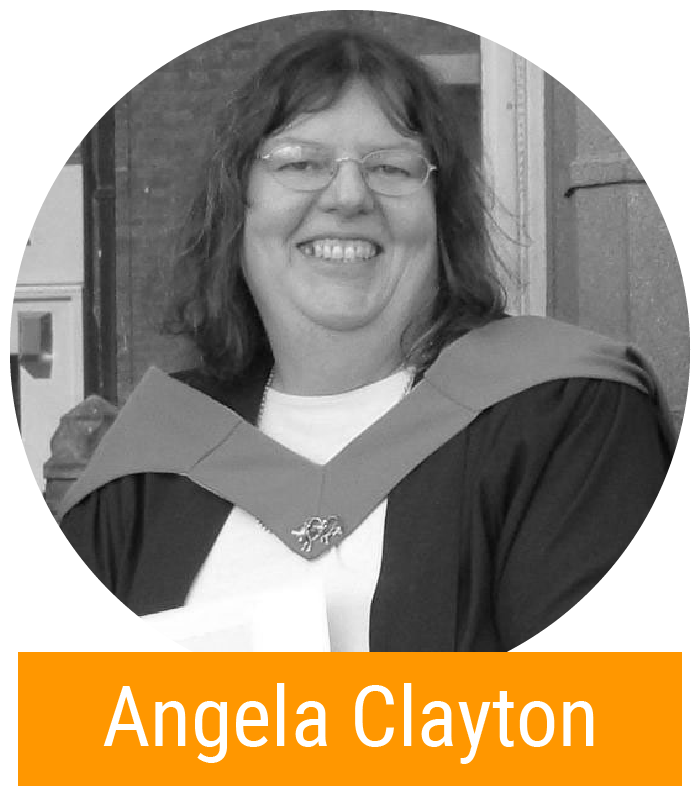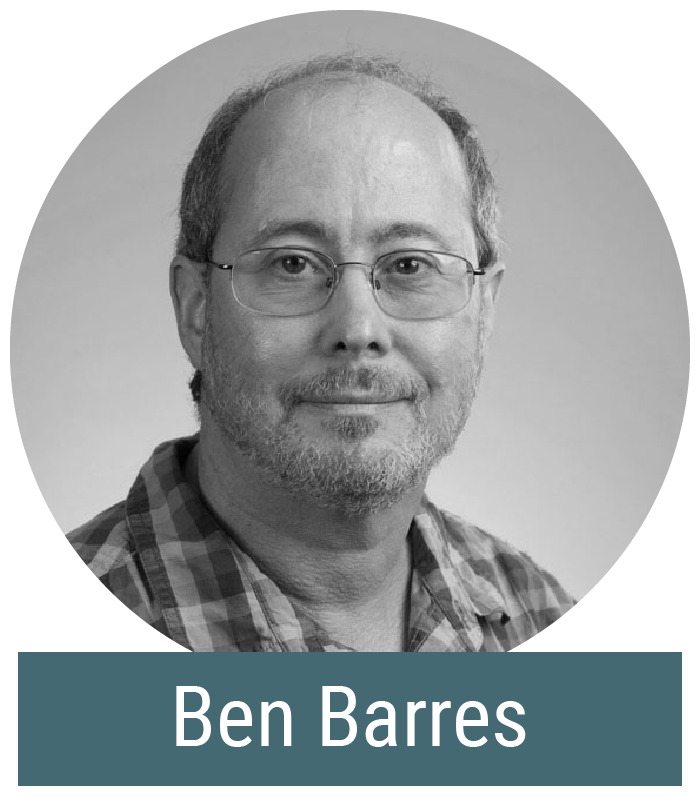Diversity, equity, and inclusion are important to us at BenchSci and as a part of our DEI journey we are committed to learning about, celebrating, and amplifying the voices and accomplishments of people from diverse backgrounds.
June is Pride Month, and we stand with those from the LGBTQ+ community who continue to embody resiliency and bravery in their identities. Though inclusion has improved in certain respects, many LGBTQ+ employees continue to experience discrimination in the workplace. In the US:
- 53% of LGBTQ+ employees still say they have “experienced or witnessed anti-LGBTQ+ comments by co-workers.” (source: Crescendo DEI)
- 43% of LGBTQ+ employees say they feel they are not fully “out” at work, with 47% of LGBTQ+ respondents saying that they believe being out at work could hurt their career, such as causing them to lose a job, get passed over for a promotion, or miss out on a key project. (source: 2019 Glassdoor Survey among 6,104 U.S. adults)
- Transgender and nonbinary youth who reported having pronouns respected by all or most people in their lives attempted suicide at half the rate of those who did not have their pronouns respected. (source: The 2020 Trevor Project Survey among 40,001 U.S. youth)
These statistics clearly demonstrate that we as a collective society have a long way to go in creating a truly equitable and inclusive environment for our colleagues from the LGBTQ+ community. One of the many ways we can do so is by celebrating trailblazers for their invaluable contributions to STEM, and their efforts to embrace their identities while encouraging others to do the same. Here are just a few noteworthy examples.

Alan Turing (b. 1912, d. 1954) was a mathematician and computer scientist whose genius is most evident in the invention of the Turing machine, the mathematical representation of the modern-day computer. Born in London, Turing earned degrees in mathematics from both Cambridge and Princeton University. Turing played an invaluable role in World War II, cracking coded messages that assisted Allied forces in defeating the Nazis.
The Turing machine was born from Turing’s 1936 paper On Computable Numbers, with an Application to the Entscheidungsproblem, where Turing proved that his “universal computing machine” would be capable of performing any mathematical computation if it could be represented as an algorithm. The paper is considered to be one of the most influential mathematics papers in history and created a framework for the computers we use today.
Unfortunately, similar to his professional accomplishments, his personal life was not fully understood at the time. Turing lived in a time where freedom in sexuality was punished, and in 1952 was criminally convicted because of it. He died at only 41 years old, and despite the cruel circumstances around this, his work and legacy live on in the technology we use and among the brightest minds in computer science. Turing’s story was immortalized in the 2014 award-winning film The Imitation Game.

Ethel Collins Dunham (b. 1883, d. 1969) and Martha May Eliot (b. 1891, d. 1978) were pioneers in the fields of pediatrics and public health and partners in both their professional work and personal lives. The pair met in 1910 during undergraduate studies at Bryn Mawr College. Eliot graduated first and chose to delay entry to graduate school by a year so that she and Dunham could start medical school at Johns Hopkins together. Beyond studies, their careers would intersect with each other once again at Yale University as instructors.
Both Dunham and Eliot produced important scientific research and were recognized for their contributions. Dunham’s work helped pediatricians gain a place alongside obstetricians in the nursery. Dunham helped establish standards for the care of newborns, and through writing and lecturing, shared new knowledge and standards in the field. Eliot was best known for her study of rickets, and improving diagnoses and prevention methods.
In 1948, Eliot was the first woman elected president of the American Public Health Association and was also awarded a Lasker Medal. In 1957, Dunham was awarded the John Howland Medal by the American Pediatric Society, the first woman to receive the award. Eliot was the second, honored ten years later in 1967. Eliot was also awarded the Sedgwick Memorial Medal in 1958 by the American Public Health Association (APHA), and in 1964, the APHA created the Martha May Eliot Award to recognize outstanding service to maternal and child health.
Read more about Ethel Collins Dunham & Martha May Eliot.

Angela Clayton (b. 1959, d. 2014) was a physicist and transgender rights activist. Based out of the UK, Clayton was passionate about criticality safety and radiological protection and was well-respected in her field. Clayton held several leadership positions in industry and government, including Head of Criticality Safety at the Atomic Weapons Establishment research facility and Chairperson of the UK Working Party on Criticality.
Clayton initially transitioned without medical support and sought surgery after several years of already living as a woman. Clayton has championed several causes related to trans issues, such as the trans campaigning organization Press for Change in 1999. Clayton helped develop the Gender Recognition Act in 2004, empowering trans people in Britain with legal recognition in their lived gender. Clayton was also made a Member of the Order of the British Empire (MBE) in 2006 for her overall contributions to gender issues.
Read more about Angela Clayton.

Ben Barres (b. 1954, d. 2017) was a neurobiologist and Chair of the Neurobiology Department at Stanford University’s School of Medicine. Barres’ work focused on interactions between neurons and glial cells within the nervous system, and his lab made many discoveries about how synapses form in the developing brain.
Barres excelled in science and mathematics from an early age, and a summer science program with no gender restrictions at Columbia University inspired him to pursue a bachelor of science degree in biology at the Massachusetts Institute of Technology (MIT). Barres followed this up with postgraduate degrees from Dartmouth College and Harvard Medical School.
In 1997, Barres transitioned to live as a man, and in 2013, became the first openly transgendered member of the US National Academy of Sciences. His book The Autobiography of a Transgender Scientist details the journey, accomplishments, and struggles in both his professional and personal life.
These five scientists from history paved the way for today’s scientists, and organizations like 500 Queer Scientists (500QS) are making inroads for the continued inclusion of LGBTQ+ individuals. 500QS was founded in June 2018 by Dr. Lauren Esposito, a curator at the California Academy of Sciences, and started as a visibility campaign featuring the stories of 50 queer scientists. Today, 500QS proudly consists of 1,500 contributors representing a wide range of fields, and are focused on amplifying and connecting queer scientists to mentors, professional networks, press and speaking opportunities, and more. You can follow them on Twitter and Instagram, and make your voice heard here.